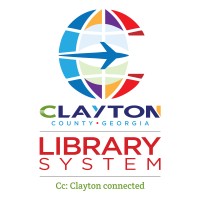
Clayton County Library System
Clayton County Library System is a 7 branch public library system founded in Jonesboro, GA. The Clayton County Library System strives to contribute to the success of the citizens of our diverse community by offering a full range of library services that meet their informational, educational and leisure interests, fostering the love of reading in our youth and the lifelong pursuit of knowledge for all.






